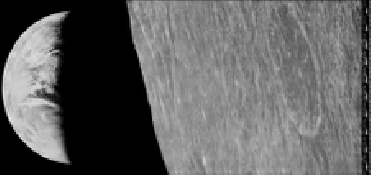
Image of the Earth recovered by the Lunar Orbiter Image Recovery Project. Image Credit: NASA / LOIRP
WASHINGTON (BNS): Using refurbished machinery and modern technology, NASA has restored the 42-year-old image of the Earth taken by Lunar Orbiter 1 spacecraft in 1966.
The Lunar Orbiter 1 spacecraft had taken an iconic photograph of the Earth rising above the lunar surface. NASA released the newly restored picture on Thursday. As compared with the original picture, it produced a higher resolution image.
Before the commencement of the Apollo Programme in the late 1960s, the American space agency sent five Lunar Orbiter missions to photograph Moon�s surface for a better understanding of the lunar environment. The data was recorded on large magnetic tapes and transferred to photographic film for scientific analysis. When these images were first retrieved from lunar orbit, only a portion of their true resolution was available because of limited technology, said the space agency.
The Lunar Orbiter Image Recovery Project, located at NASA's Ames Research Center at Moffett Field, California, is taking analog data from original recorders used to store on the tape. Nearly 1,500 of the original tapes data have been converted into digital form.
The restored image released last week confirms that data from the original tapes can be retrieved from the newly-restored tape drives when combined with latest software. This restored data will help in mapping the moon's surface when Lunar Reconnaissance Orbiter will be launched next year.
Ames Director S. Pete Worden said he was glad to offer services to the project team and play a part in the recovery of the historic image of the moon. He said future images will be made available to the public after they were fully processed and calibrated. The project intends to facilitate, wherever possible, the broadest dissemination and public use of these images.
Gregory Schmidt, deputy director of the NASA Lunar Science Institute at Ames, said it was a tremendous feeling to restore a 42-year-old image and learn that it could be useful for future explorations. "Now that we've demonstrated the capability to retrieve images, our goal is to complete the tape drives' restoration and move toward retrieving all the images on the remaining tapes," Schmidt said.
Project chief Dennis Wingo said that the effort was made possible by the vision and dedication of Apollo-era NASA employees, independent researchers, and a true veteran team of engineers and young students.
The processed images will be submitted to the Planetary Data System. They will also be calibrated with standard mapping coordinates from the US Geological Survey's Astrogeology Research Programme in Flagstaff, Arizona.
NASA said the restoration of Lunar Orbiter images to high quality images will provide the scientific community with a baseline to measure and understand changes that have occurred on the moon since the 1960s. This data could help mission planners assess the long-term risk to lunar inhabitants from small meteor impacts and establish longitude and latitude lines for lunar mapping, the space agency said.
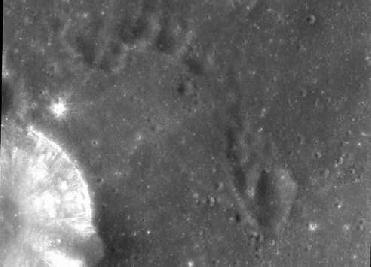 Previous Article
Previous Article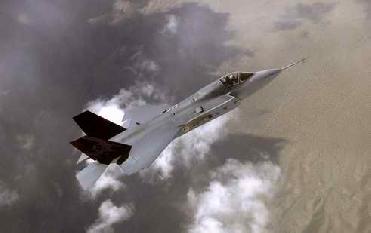 Next Article
Next Article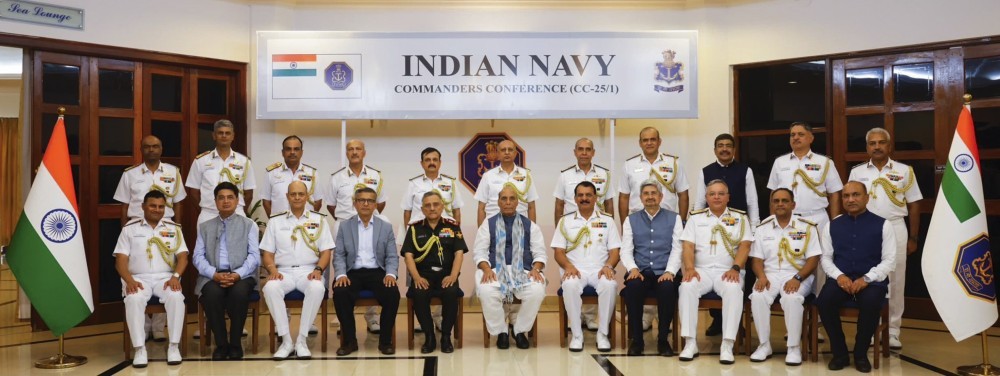

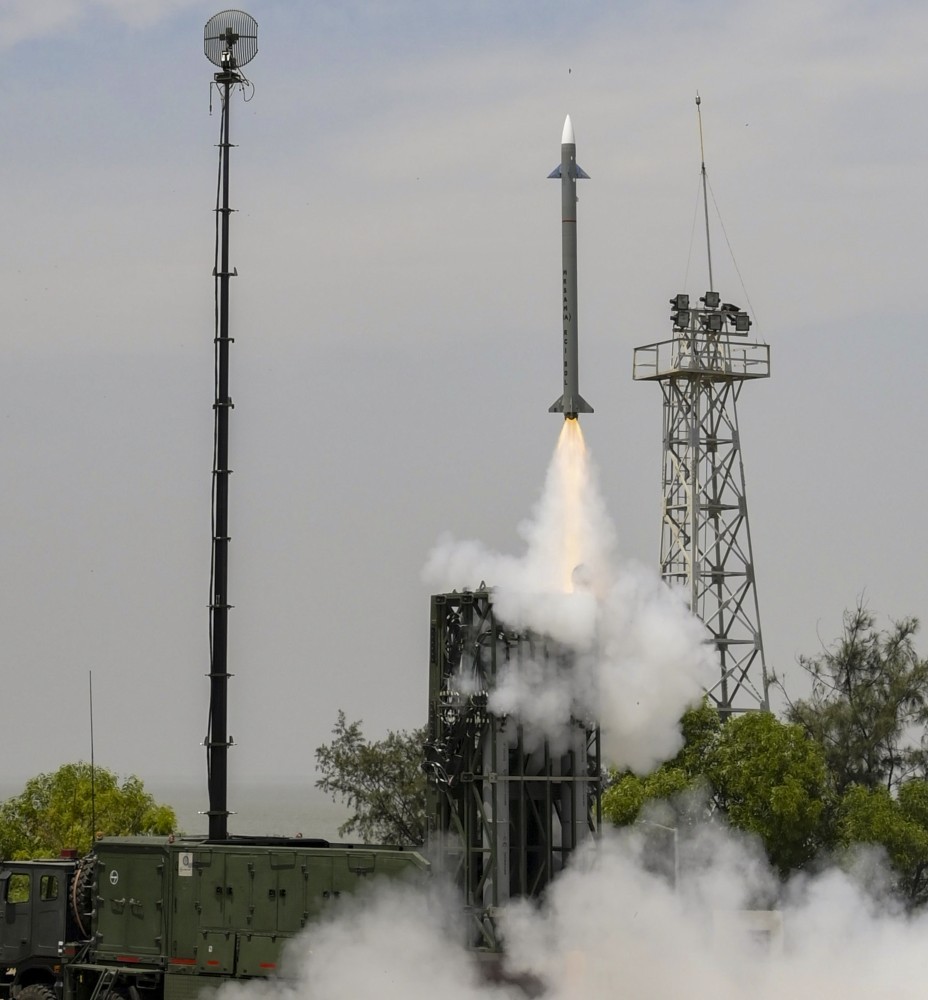











The Indian Air Force, in its flight trials evaluation report submitted before the Defence Ministry l..
view articleAn insight into the Medium Multi-Role Combat Aircraft competition...
view articleSky enthusiasts can now spot the International Space Station (ISS) commanded by Indian-American astr..
view article